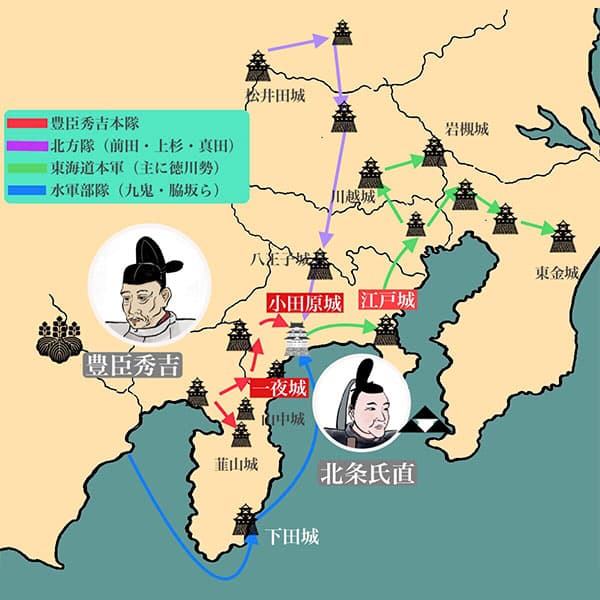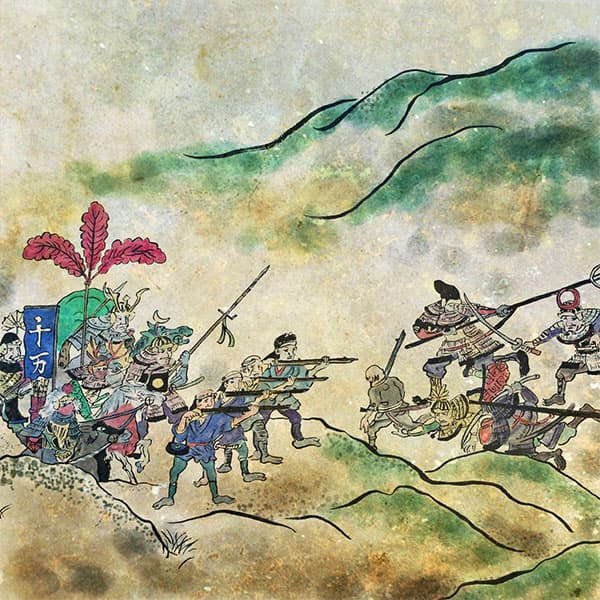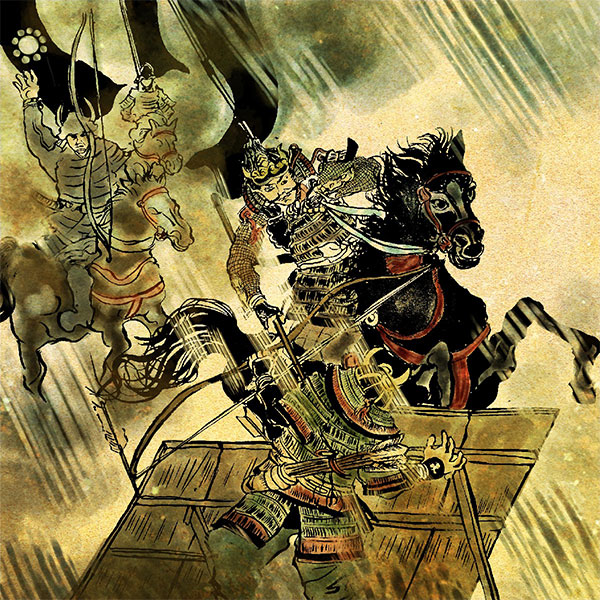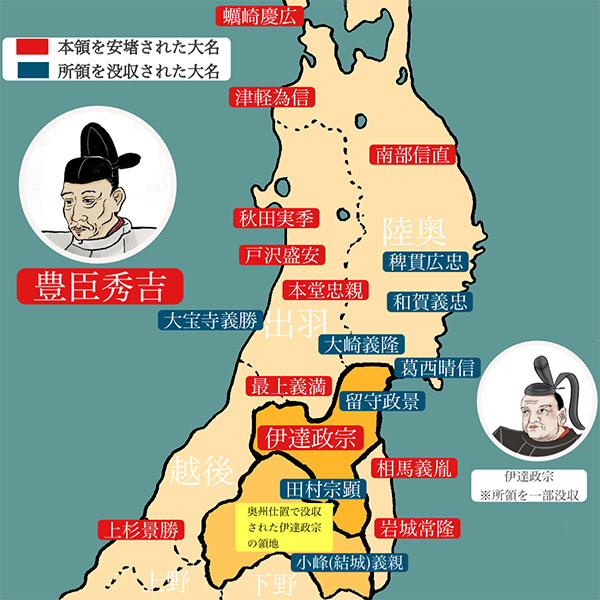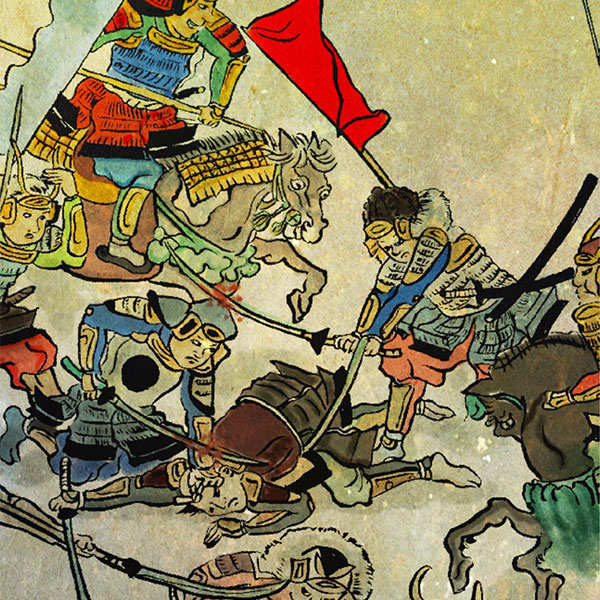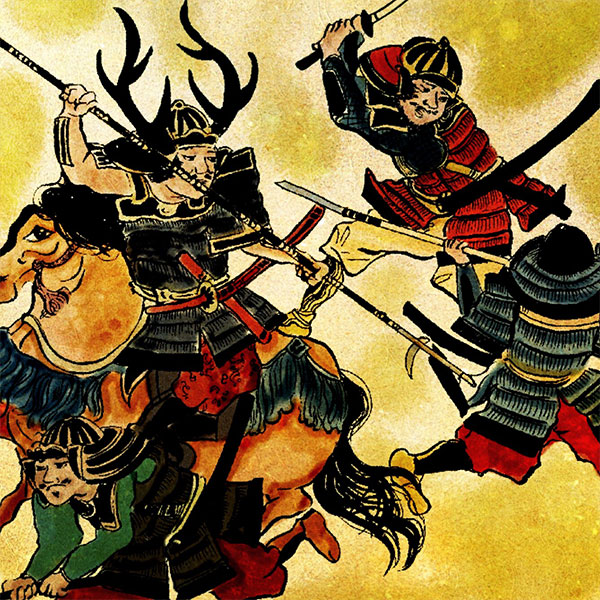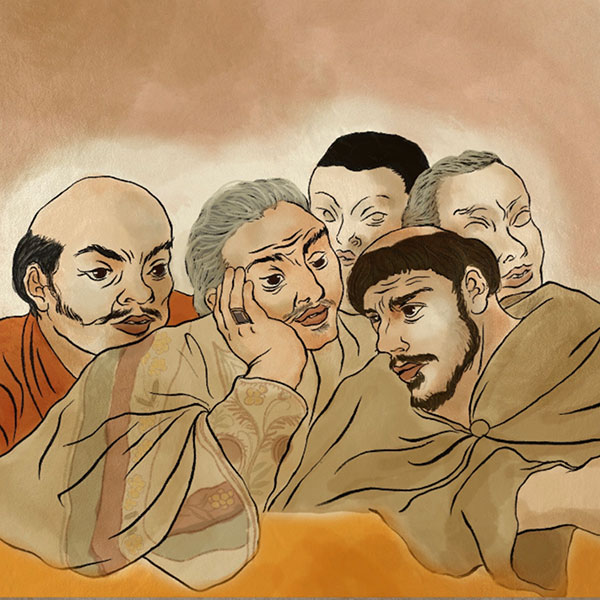Date Masamune (2/2)The essence of Oshu, burning with ambition to conquer the world
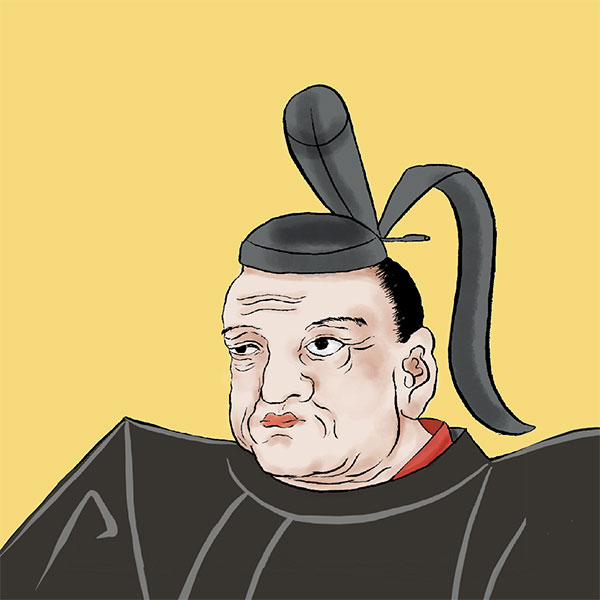
Date Masamune
- Article category
- biography
- name
- Date Masamune (1567-1636)
- place of birth
- Yamagata Prefecture
- Related castles

Sendai Castle

Wakudani Castle

Yonezawa Castle
- related incident
After the Toyotomi family was destroyed in the Battle of Osaka, the world calmed down, and Masamune thereafter focused his efforts on developing his territory. A canal that later became known as Teizanbori was constructed. Thanks to this territorial development, the Sendai domain is said to have been much richer than its outward appearance.
He also actively introduced the culture of the upper regions, inviting engineers and carpenters to create a style that combined the majesty and splendor characteristic of Momoyama culture with the characteristics of northern Japan.
National treasures such as Osaki Hachimangu Shrine, Zuiganji Temple, Shiogama Shrine, and Mutsu Kokubunji Yakushido Hall remain to this day.
Masamune served until the time of the third shogun, Tokugawa Iemitsu. In 1635, when Iemitsu promulgated the sankin-tatai system and said, ``From now on, we will treat all the feudal lords as vassals,'' Masamune quickly stepped forward and said, ``If there is anyone who disobeys orders, I will subjugate them for Masamune.'' There is a well-known anecdote about a man who asked, "Please give me this request," and no one could object. It is said that Iemitsu adored Masamune, calling him ``Date's father.''
At Iemitsu's request, he seemed to please Iemitsu by telling him old tales from the Sengoku period, such as his memories with Hideyoshi and Ieyasu and stories of battles.
Masamune, who was always careful about his health, began to suffer from poor health from around 1634, suffering from loss of appetite and difficulty swallowing, and on April 20, 1636, when Masamune departed for sankin kotai, he suddenly became ill. The condition worsened, and I was unable to eat anything due to difficulty swallowing and vomiting in Koriyama, where I stayed overnight. By the time he arrived in Edo on April 28th, he was still fasting, and despite his illness, he visited the capital.
Iemitsu visited Masamune at the Date family residence on May 21st.
Died on May 24th. Passed away at the age of 70. Living up to his name as a ``date man,'' he was determined not to show his face even to his wife and children when he was dying. The Shogun family issued an order for people to mourn for seven days in Edo and three days in Kyoto, which was unusual among the three major families.
A number of anecdotes suitable for a date man
- Masamune and the eyepatch
- In Masamune's portrait, his right eye, which had gone blind due to smallpox, is cloudy and wide open, and his healthy left eye is even wider than his right eye.
This was in accordance with Masamune's wishes before his death, and there is also a portrait in which his right eye is depicted black. In addition, Masamune believed that ``Even if you lost it due to illness, it is unfilial to lose the one eye your parents gave you,'' and wooden statues and paintings made after his death have the right eye slightly smaller and both eyes. It is included.
In many games and stories in which Masamune appears, he is often seen wearing an eyepatch. However, the remaining records do not show him covering his eyes. The custom of actors playing the role of Masamune in dramas covering their right eyes with a sword-shaped eyepatch is said to have been practiced since the 1942 film Dokganryu Masamune. However, in recent years, some works have not covered the right eye, and some have changed the depiction to be more based on historical facts.
The origin of Date Masamune's nickname ``One-Eyed Dragon'' is said to have originated from a Chinese poem written by Rai Sanyo, a Confucian scholar in the late Edo period. After Sanyo's death, one of the 15 ``Eishi Zetsuku'' contained in Sanyo Iko, which was published in 1841, was titled after Masamune, and was published in 1830. ) is said to have been created by - Masamune devoted to cooking
- When he was young, his purpose was to develop military supplies, and Iwadeyama's famous frozen tofu and zunda were developed as a result of Masamune's research.
It is said that when Sendai Castle was being built, a ``Goensogura'' was built within Sendai Castle to make miso, and craftsmen were brought in from Tsukushi Province, which is the origin of Sendai miso. This was the first time in Japan that a large-scale production system for miso was established.
In the Edo period, the demand for military supplies decreased dramatically, but he continued to research cooking in order to ``master gastronomy.''
In the ``Collection of Master Masamune's Famous Words'', Masamune's words are preserved: ``To serve the host casually is to serve seasonal items, cook the food himself, and entertain the host.''
This maxim has influenced many chefs in future generations, and is even quoted in the school mottos of Miyagi Cooking and Confectionery College, of which Date Family Goyogura is the parent school, as well as Hattori Nutrition College.
Masamune, who also loved sake, invited craftsmen introduced by Munenori Yagyu to build a sake brewery at Sendai Castle. However, Masamune himself was not good at drinking, and stories of his failures remain, such as when he canceled a meeting with the second shogun, Hidetada, due to a hangover, and when he became inebriated and fell asleep in front of the third shogun, Iemitsu.
Birthplace, Yonezawa Castle
Yonezawa Castle, where Date Masamune was born, was the residence of the Date family for about 200 years until it was commandeered by Toyotomi Hideyoshi.
In 1598, when Kagekatsu Uesugi, one of the five chief elders of the Toyotomi government, moved in with 1.2 million koku, Kanetsugu Naoe served as the castle's lord. After that, it was used as the residence of the Uesugi family throughout the Edo period, and today the main enclosure site is within the precincts of Uesugi Shrine, and adjacent to Matsumisaki Shrine, which enshrines Mt. Uesugi Takayama.
Sendai Castle and the Date family
Sendai Castle is also known as Aoba Castle.
Sendai Castle is approximately 130 meters above sea level and is built on a natural fortress with cliffs to the east and south. It is said that a castle tower was not built on purpose so as not to attract the attention of Tokugawa Ieyasu. Unfortunately, no castle remains, but the stone walls and rebuilt side turrets remind us of the bygone era.
There is also a statue of Masamune on horseback, allowing you to view the city from the same perspective as Masamune, who was passionate about conquering the world. Additionally, at the Aoba Castle Materials Exhibition Hall, you can see a reconstruction of Aoba Castle using computer graphics. In the summer of 2003, it was designated as a national historic site.
The entire area of the castle ruins is now Aobayama Park, and from the castle ruins you can see Sendai city and the Pacific Ocean.
In front of the Doi Bansui bronze statue, an automatic performance of "Kojo no Tsuki" will be played every 30 minutes from 9:00 to 18:00.
The stone walls and the equestrian statue of Date Masamune are lit up from sunset until 11pm, and you can enjoy the night view of Sendai, making it a popular date spot.
Reread Masamune Date's article
- related incident

- WriterTomoyo Hazuki(Writer)I have loved history and geography since my student days, and have enjoyed visiting historical sites, temples and shrines, and researching ancient documents. He is especially strong in medieval Japanese history and European history in world history, and has read a wide range of things, including primary sources and historical entertainment novels. There are so many favorite military commanders and castles that I can't name them, but I especially like Hisashi Matsunaga and Mitsuhide Akechi, and when it comes to castles, I like Hikone Castle and Fushimi Castle. Once you start talking about the lives of warlords and the history of castles, there's a side of you that can't stop talking about them.




